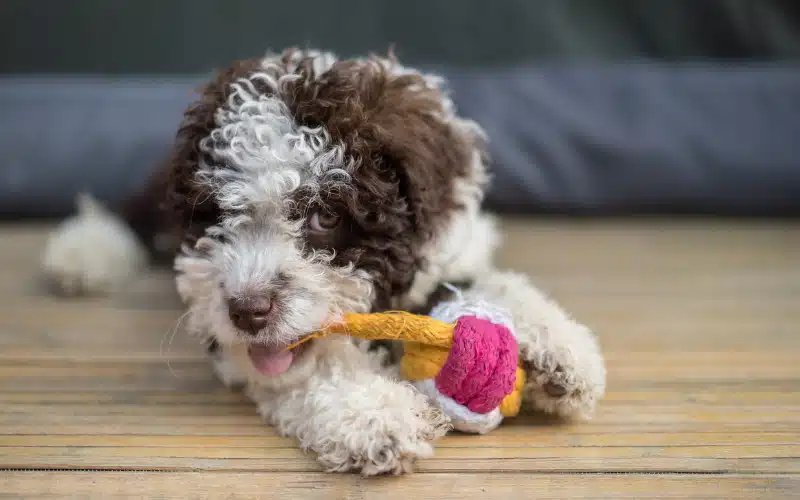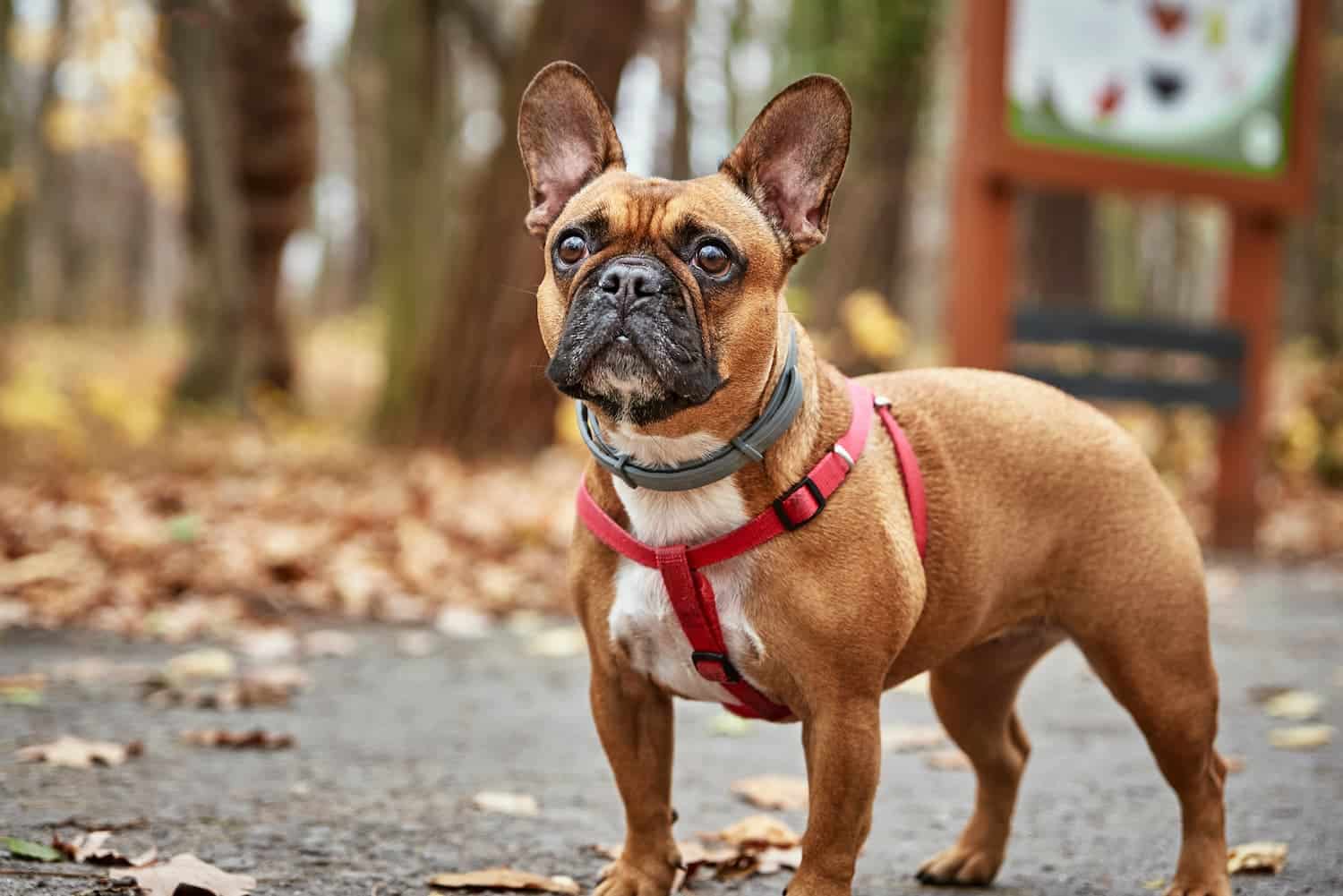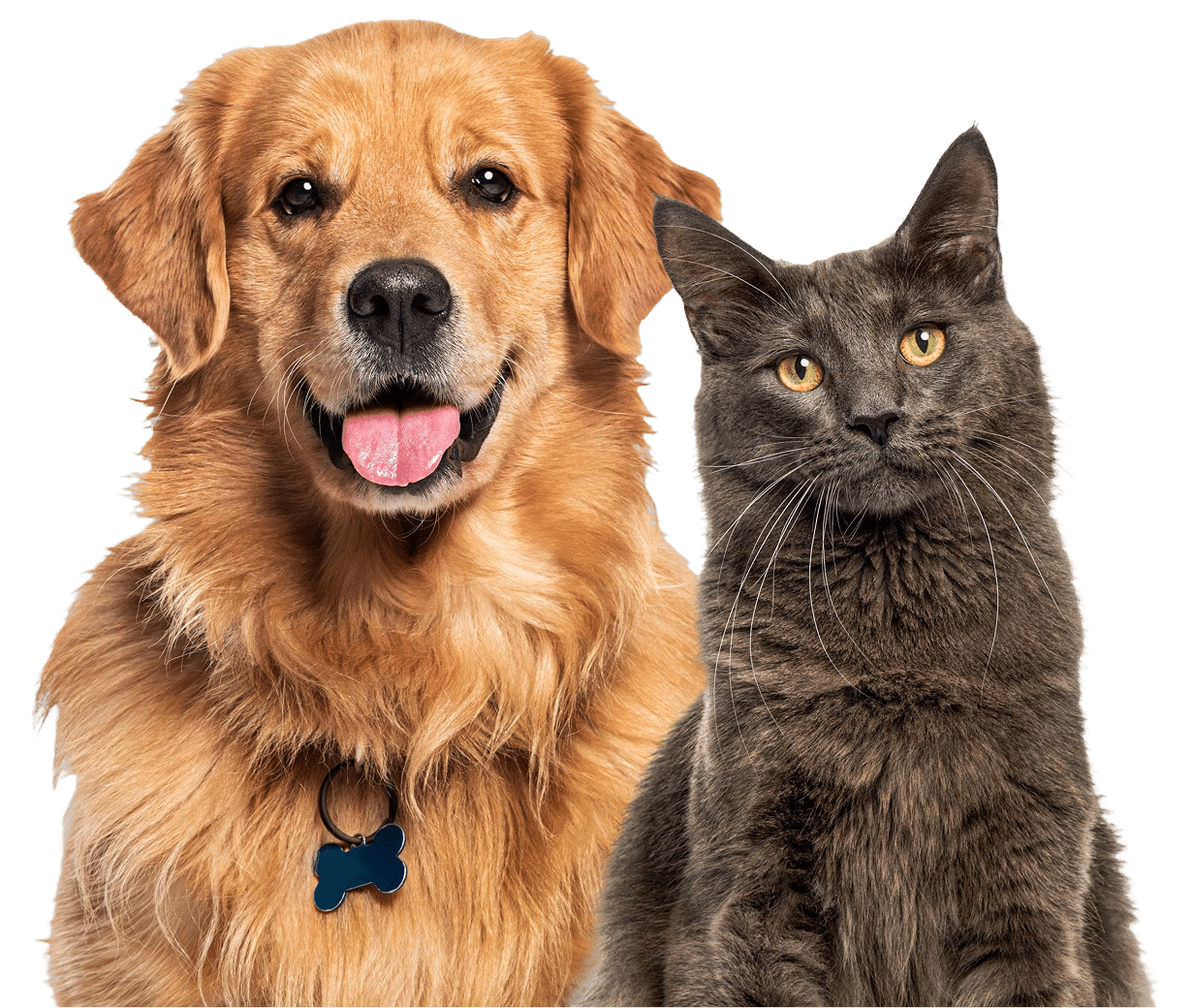
Be Prepared: What To Do If Your Pet Is Choking
Pets, particularly dogs, are curious creatures and use their mouths to investigate their world. As an animal living in a home amongst many different things, there are choking hazards everywhere. Toys that easily come apart, too-small tennis balls, treats, and food all pose a risk. Pets who wolf down their food, those who shred their toys into pieces, and dogs who love to enthusiastically fetch and inadvertently wedge a ball in their throat are especially susceptible to choking.
Choking can be very scary to witness, and we want to make sure pet parents are prepared just in case. Keep reading as we dive into some basic signs and techniques to help prevent and treat pets who are choking.
Signs of Choking
Coughing is often the first sign of choking. If something is caught in your pet’s throat or mouth, they will likely cough to try to expel it. However, coughing can also indicate other issues like asthma, heartworm, and heart disease. Still, if your pet starts coughing, check to see if something is lodged in their throat.
Dry heaving, trouble inhaling, seeming distressed, pawing at the mouth or throat, and appearing panicked are more signs to look for. If your pet’s mouth, gums, or tongue are greyish or blue, it indicates a lack of oxygen, and choking could be the cause. In severe cases where the airway is obstructed, a choking pet may become unconscious.
If your pet experiences any of these signs, follow the steps below and bring your pet to our veterinary emergency hospital for immediate help.
What To Do If Your Pet Is Choking
It’s essential to remove the source of choking as soon as possible, even before driving to the veterinarian. Most choking pets become disoriented or panicked, so it’s critical to restrain them to prevent injury. Wrap a small dog or cat in a towel to immobilize them. Leave the head exposed, and do not constrict the trachea (throat).
Open your pet’s mouth with two hands and check inside the mouth for a foreign object. If possible, try swiping the object away with your finger, careful not to push anything deeper into your pet’s mouth. Don’t forget to check the roof of your pet’s mouth, as objects can become stuck there.
If the object is not visible, but you believe there is an obstruction, don’t put anything down your pet’s throat to try and discover it, including your finger. If you cannot dislodge the object with the swipe of a finger, don’t try to remove it, as this can cause more injury to your pet.
The Heimlich Maneuver for Pets
If you cannot remove the object by swiping with your finger, it’s time for the Heimlich maneuver.
You may be familiar with the Heimlich maneuver from a CPR class or basic first aid training. It works much the same in animals as in people, with a few fundamental differences.
Lying Down Method
If your dog is lying down, lie behind their head, supporting them against your stomach. With your fist, locate the soft spot on their abdomen under their ribcage. Next, gently press up and in toward their head with your fist in a quick, thrusting motion, repeating the movement 2-3 times. Finally, check the mouth for the food or object causing the issue and remove it.
Standing Method
If your pet is in a standing position, stand over them and place your arms around their abdomen, lacing your fingers together around their ribcage. Thrust quickly upwards, then release, repeating the motion if necessary. Check your pet’s mouth to see if the object has been successfully dislodged.
Next Steps
Even if the choking hazard has been removed following the Heimlich maneuver, it’s a good idea to bring your pet to the veterinarian to ensure there is no damage to your pet’s mouth, throat, esophagus, or chest. These injuries may not be immediately visible to a worried pet owner, so it’s best to be proactive. A veterinary professional can also check for any remaining foreign objects in your pet’s mouth to ensure complete removal.
Choking Prevention
To lower your pet’s risk of choking in the future, keep a watchful eye on them whenever they are playing with anything that could be a choking hazard, like dental chews, hard bones, or toys. Although choking cannot always be prevented, you can take a few steps to minimize the risk.
- When choosing toys for your pets, opt for ones sturdy enough to withstand your pet’s level of chewing and toys without loose pieces that can easily become detached. But be sure it’s not too hard or it can break a tooth, requiring dental care. In addition, ensure the toy size is large enough not to fit entirely in your pet’s mouth.
- Monitor your pet when playing to ensure they aren’t chewing pieces off their toys and ingesting them.
- Young puppies are especially prone to choking since they explore everything with their mouths. Check your pet’s area for objects they can choke on and remove them.
- Pets who eat too quickly are prone to choking on their food. Try a food puzzle or slow feeder, and make sure any treats you feed are smaller than your pet’s throat.
- Avoid rawhide bones.
- If you have children, keep toys out of pets’ reach. Children’s toys (especially those with small parts) can be a potential choking risk.
If your pet has choked or is choking, please call our Animal Emergency Hospital of Volusia team at 386-252-0206 or the Animal Emergency Hospital of DeLand at 386-252-0337. Our emergency veterinarians are here 24 hours a day, every day of the year.



